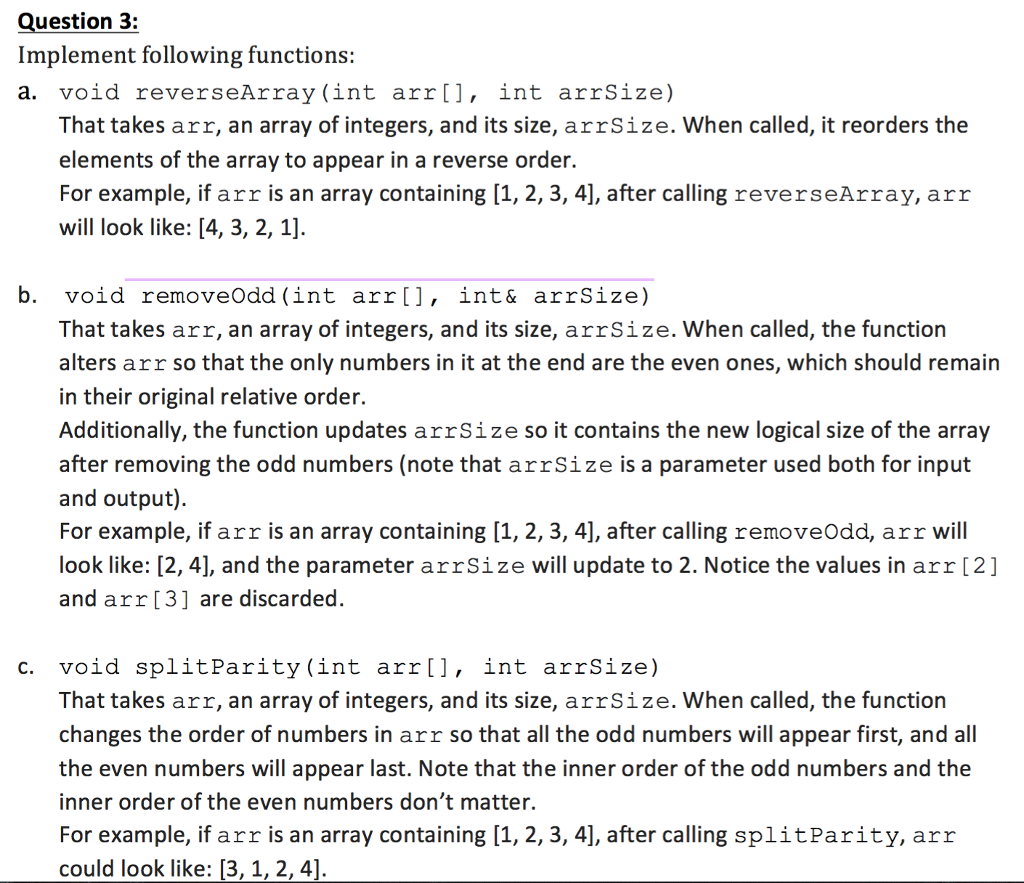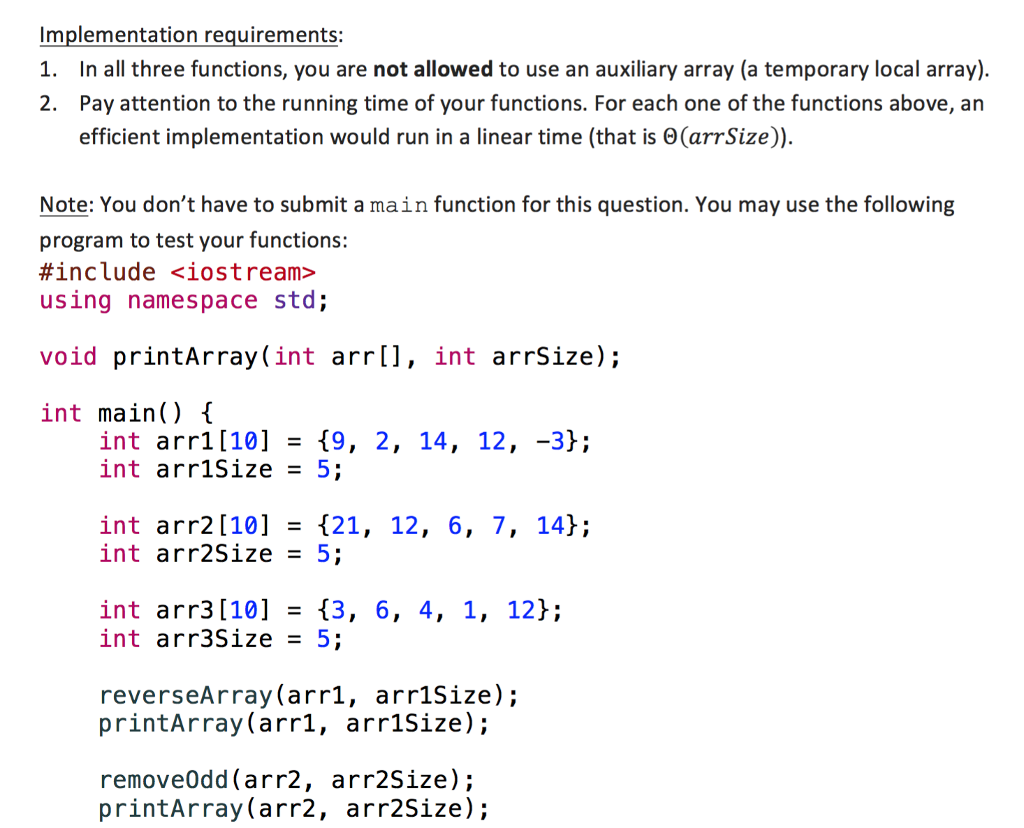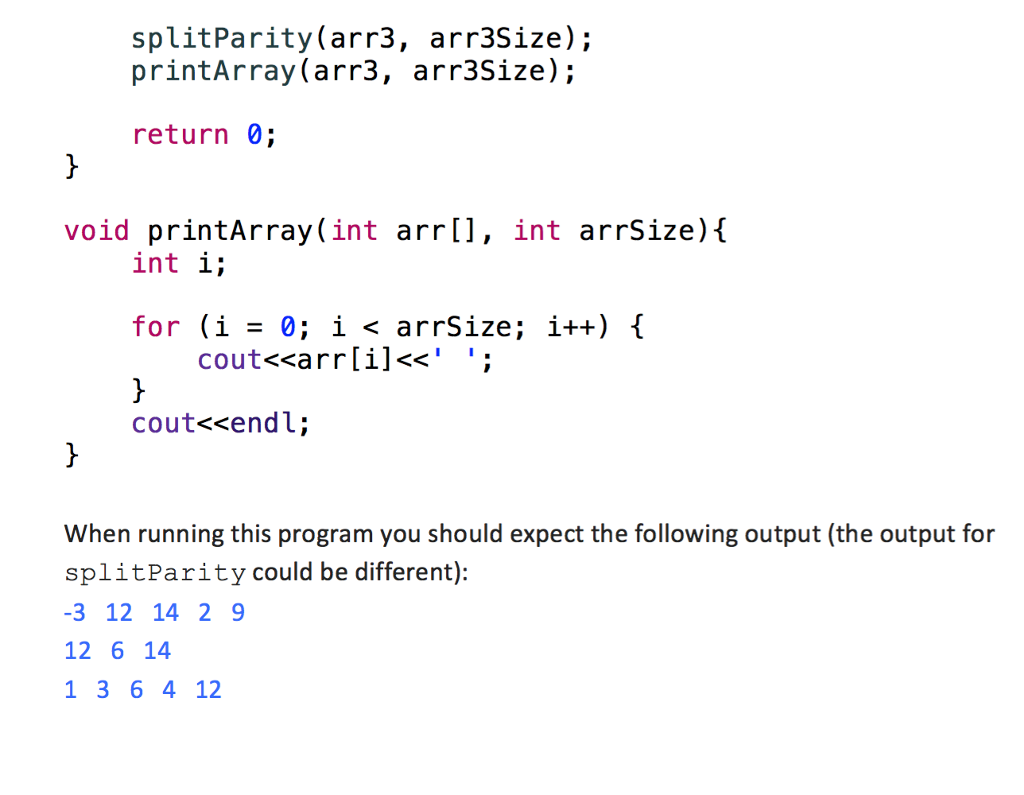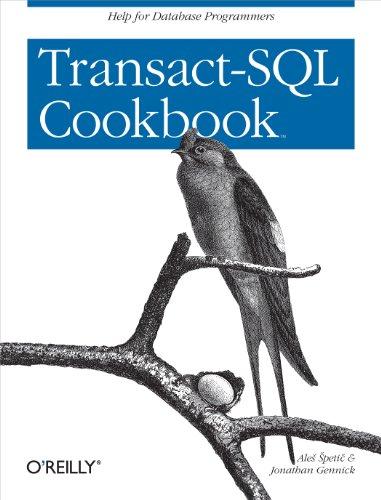Answered step by step
Verified Expert Solution
Question
1 Approved Answer
Implement 3 functions in c++. Reverse Array, Remove Odd Numbers, and Split Parity I've gotten a reverseArray function to work: void reverseArray(int arr1[], int arr1Size){
Implement 3 functions in c++. Reverse Array, Remove Odd Numbers, and Split Parity
I've gotten a reverseArray function to work:
void reverseArray(int arr1[], int arr1Size){
int temp = 0;
for (int i = 0; i
temp = arr1[arr1Size-i-1];
arr1[arr1Size-i-1] = arr1[i];
arr1[i] = temp;
}
for (int i = 0; i
cout
}
cout
}
But am having trouble with the other two:



Step by Step Solution
There are 3 Steps involved in it
Step: 1

Get Instant Access to Expert-Tailored Solutions
See step-by-step solutions with expert insights and AI powered tools for academic success
Step: 2

Step: 3

Ace Your Homework with AI
Get the answers you need in no time with our AI-driven, step-by-step assistance
Get Started


